Why the Synchro LTL Claims Index Benefits Your Company | Freight Claims Consultants in Raleigh, NC

Why the Synchro LTL Claims Index Benefits Your Company | Freight Claims Consultants in Raleigh, NC Freight claims are one of the least discussed, yet most disruptive, aspects of the supply chain. Whether damaged goods, lost shipments, or delayed reimbursements, these issues can create a ripple effect across operations. Most companies don’t have a reliable […]
Industry’s First-Ever LTL Freight Index Tool
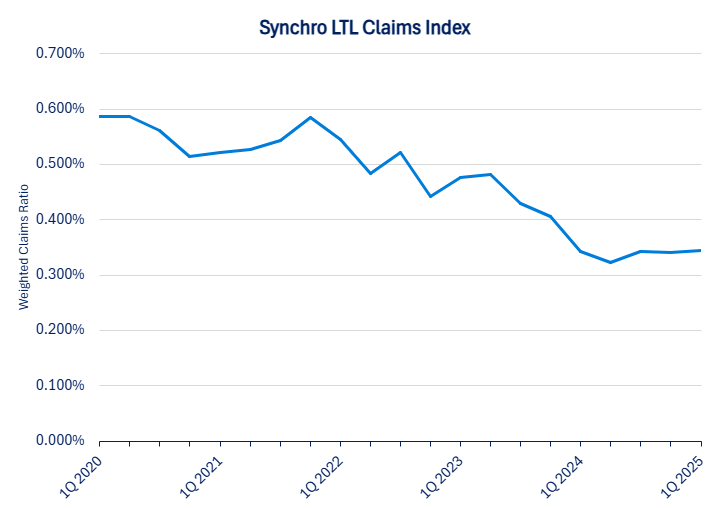
Industry’s First-Ever LTL Freight Index Tool FOR IMMEDIATE RELEASE June 23, 2025 Raleigh, NC – Synchrogistics has launched the Synchro LTL Claims Index, the first-ever public claims index for Less-Than-Truckload (LTL) freight, a market-level tool that provides shippers with a standard to judge their own claims experience against a market benchmark for dry LTL shipments. […]
Freight Broker VS Managed Transportation Provider: Which is Better For My Business?
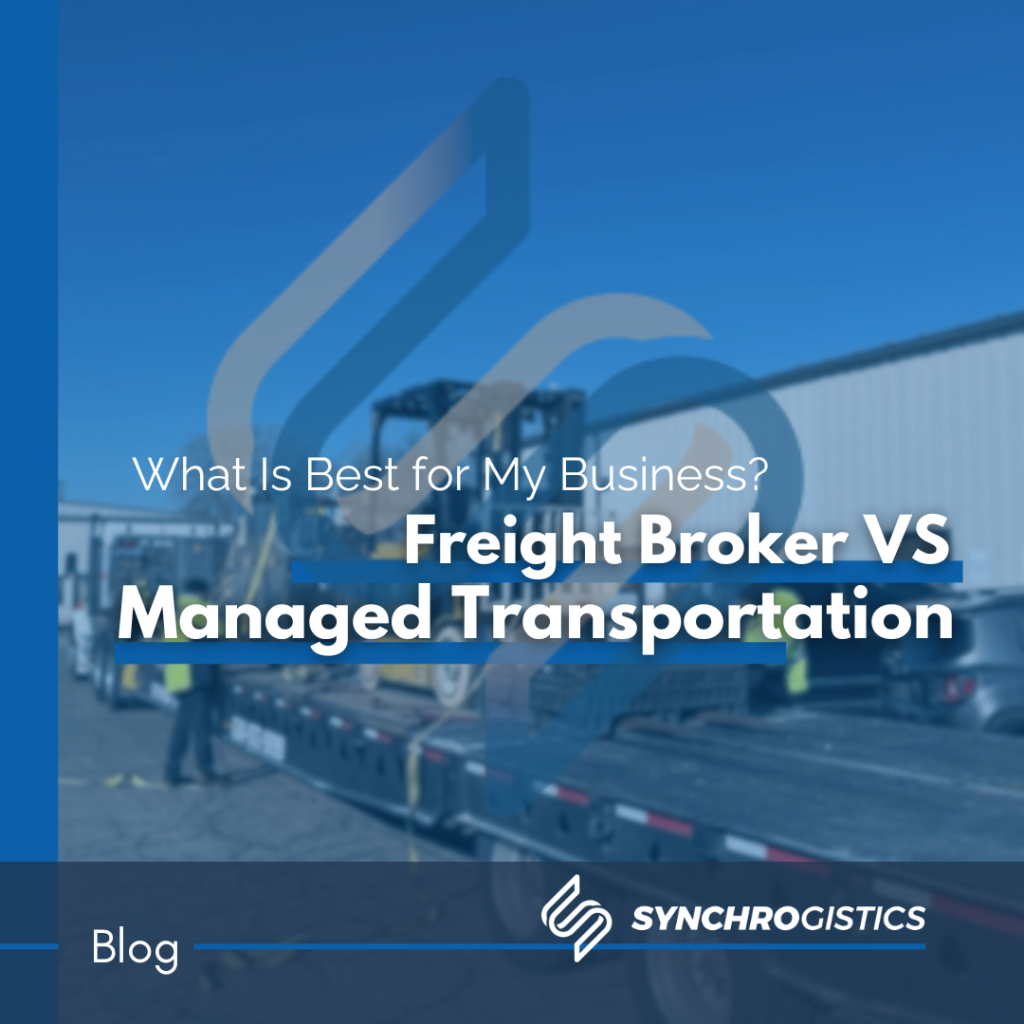
Freight Broker VS Managed Transportation Provider: Which is Better For My Business? You’re running a business that ships products all over the country. It could be steel beams for construction sites, ingredients for food manufacturing, or medical equipment for hospitals. Whatever you may be shipping, getting your freight where it needs to go, on time, […]
Flatbed, Heavy Haul, and Hotshot: What’s the Difference, and When Do You Need Each? Flatbed Services in Raleigh, NC
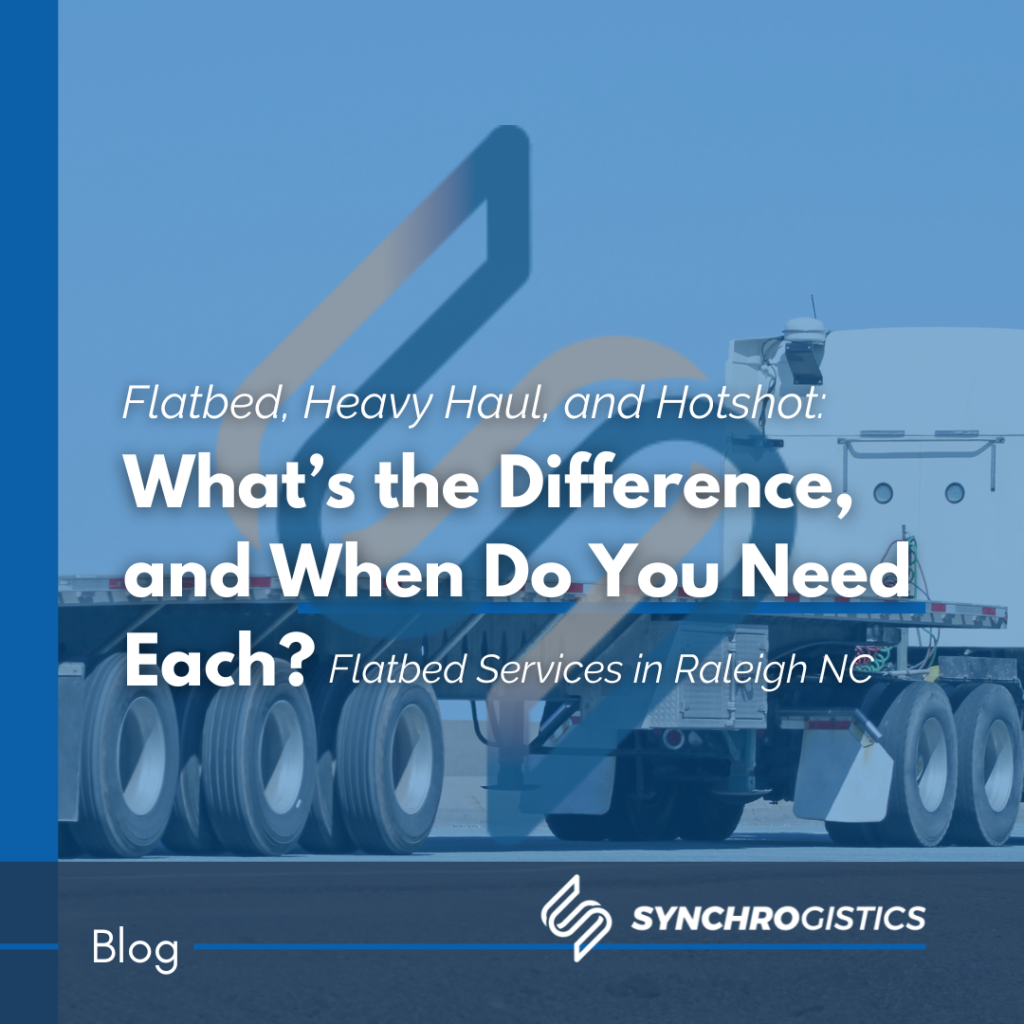
Flatbed, Heavy Haul, and Hotshot: What’s the Difference, and When Do You Need Each? When it comes to freight, choosing the right transportation method is crucial to ensure your cargo is delivered efficiently and safely. At Synchrogistics, we specialize in specialized and flatbed services in Raleigh, NC, offering expert solutions tailored to your unique shipping […]
Flatbed Logistics for Pipe Transportation
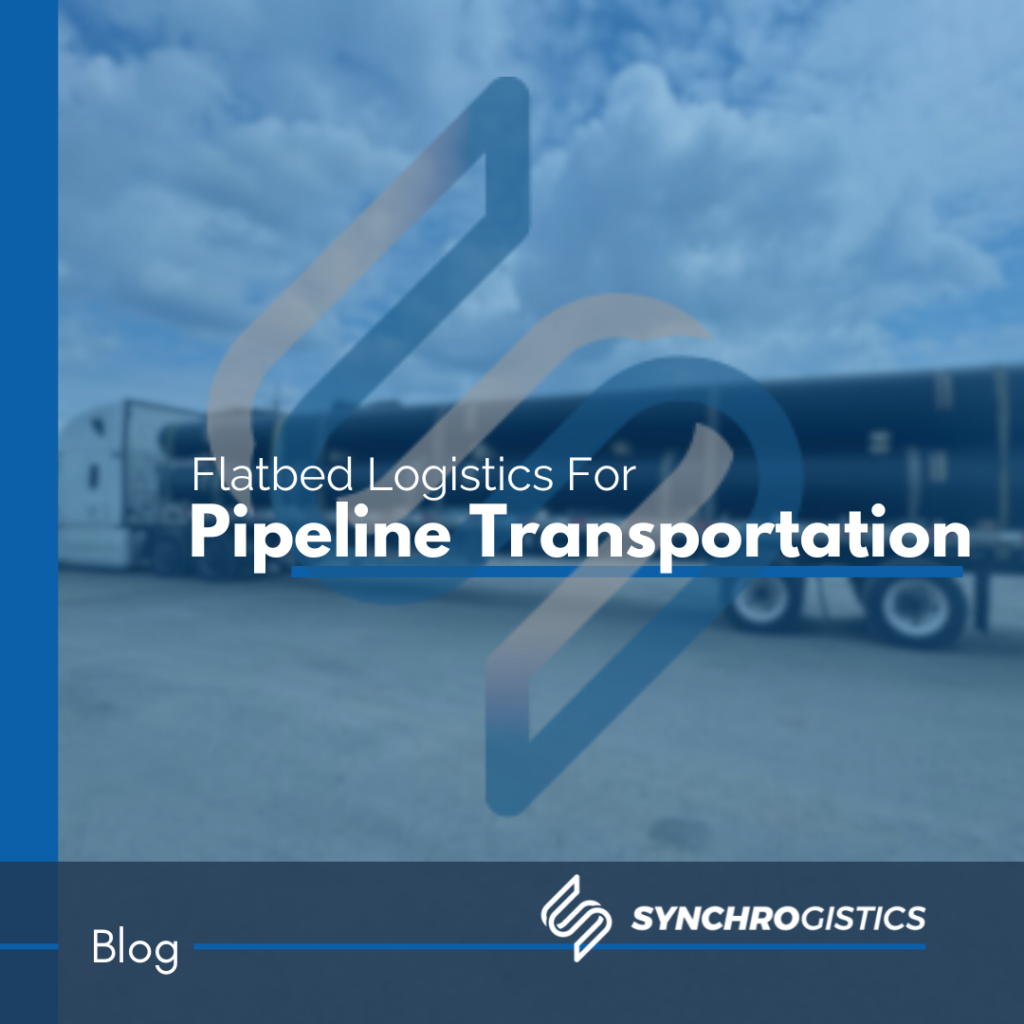
Flatbed Logistics for Pipe Transportation Pipes are not one-size-fits-all, and neither are their logistics. In this blog, you will read why using flatbed trailers is the industry standard for moving pipes: How Synchrogistics Excels in Transporting Pipes Transporting pipes has unique challenges, and that’s why you need the best logistics provider in the industry. At […]
The Shift of Human Labor in Supply Chain in 2025
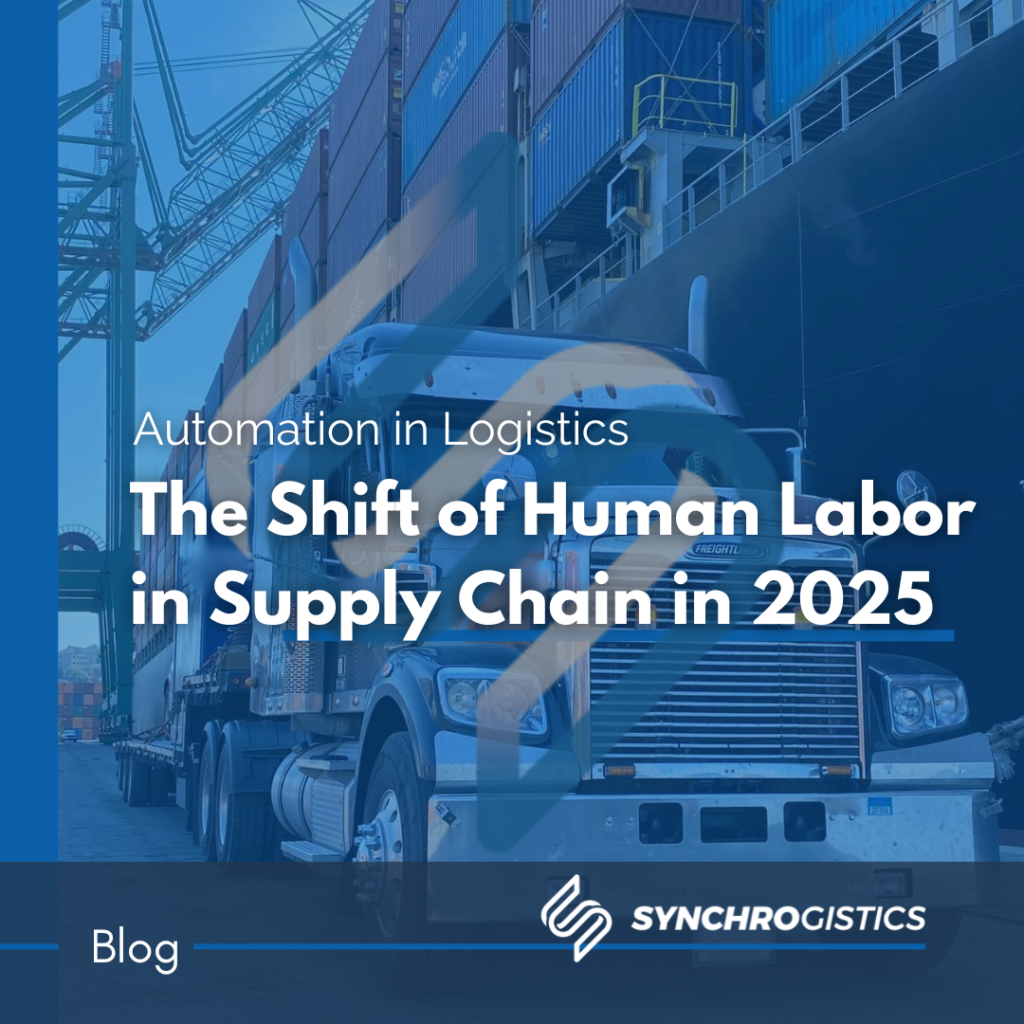
Automation in Logistics : The Shift of Human Labor in Supply Chain in 2025 Logistics and supply chain have been at a crossroads this year, and 2025 could become a turning point for human labor in the supply chain. As we’ve seen, high-profile disruptions, such as port strikes, and union standoffs have shown vulnerabilities in […]
Need a Free Freight Quote? Here’s How to Get the Most Accurate Rates

Need a Free Freight Quote? Here’s How to Get the Most Accurate Rates Freight rates are always fluctuating, and it can be difficult to know when you’re getting the best deal or paying more than you should. It’s almost like buying a plane ticket; one day it’s affordable, the next day it sky-rocketed, and just […]
5 Benefits of Outsourced Logistics
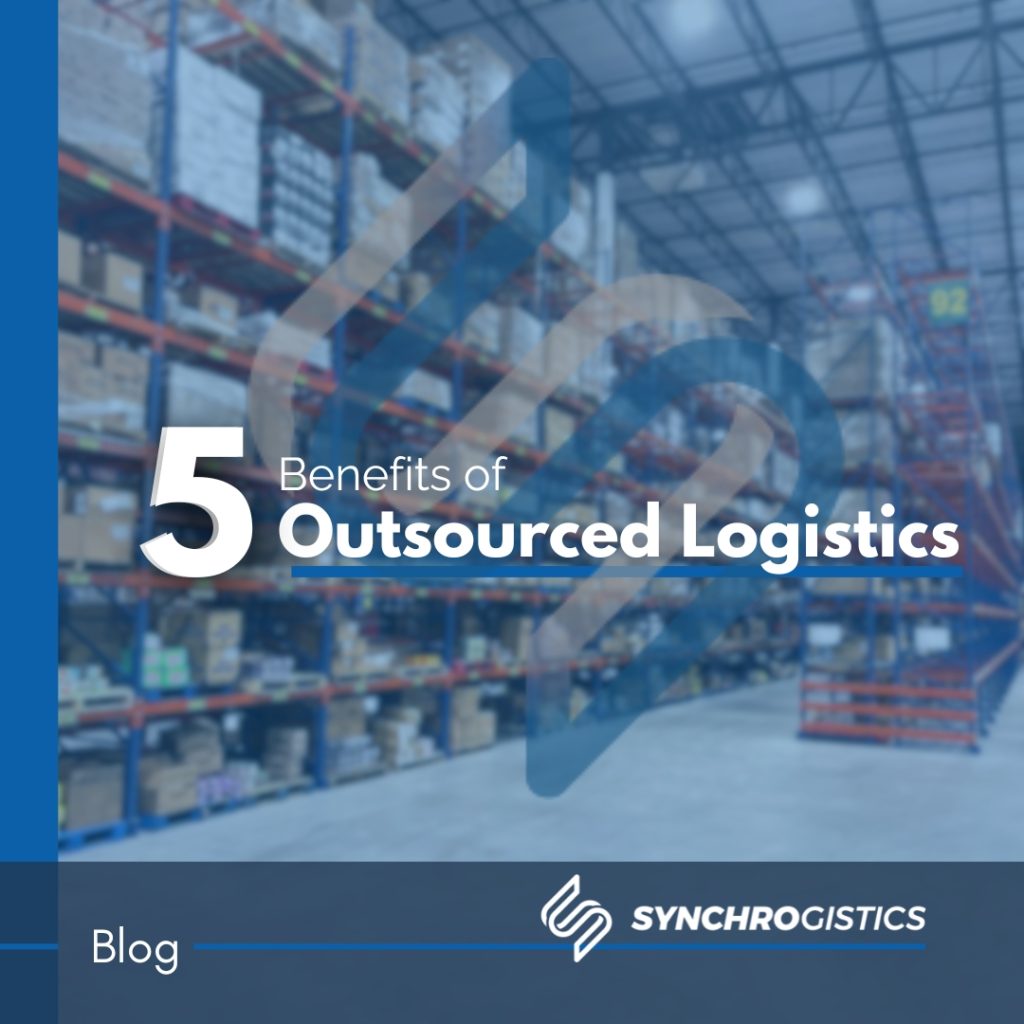
5 Benefits to Outsourced Logistics Running a business is no easy task, and managing logistics on top of everything else can feel like juggling too many balls simultaneously. That’s where outsourcing logistics comes in—letting the experts handle the heavy lifting (literally) while you focus on what you do best. Here are five reasons why outsourcing […]
